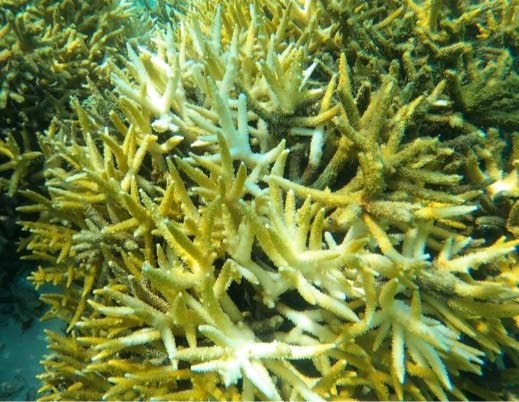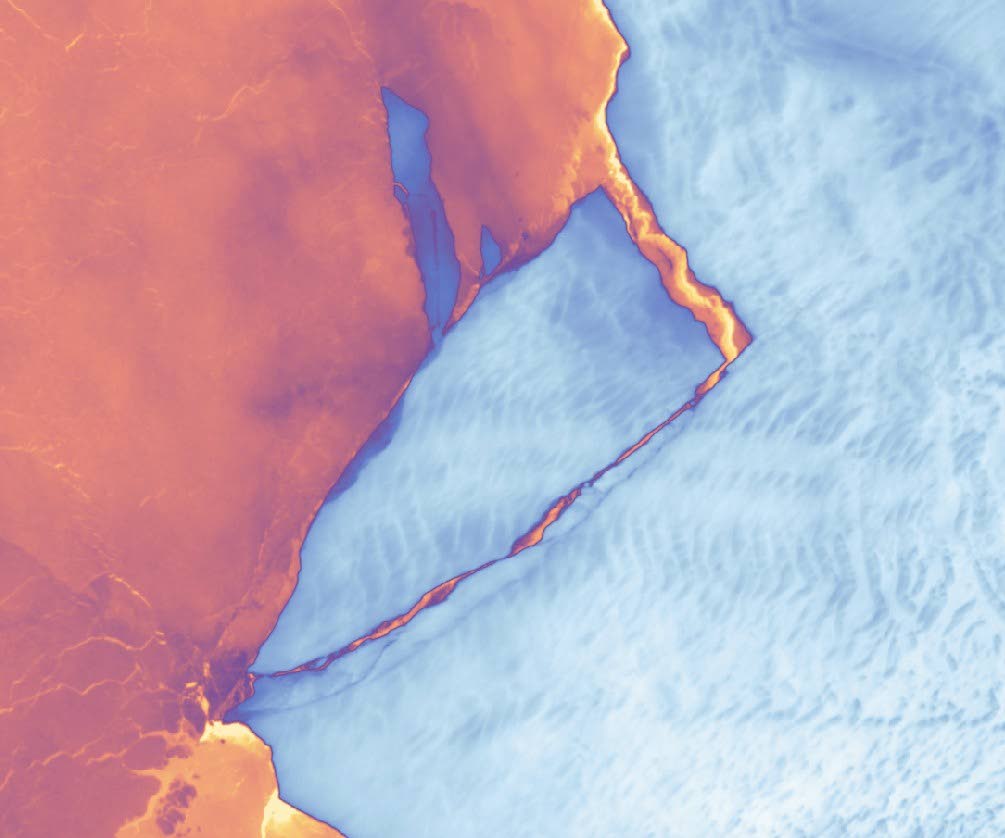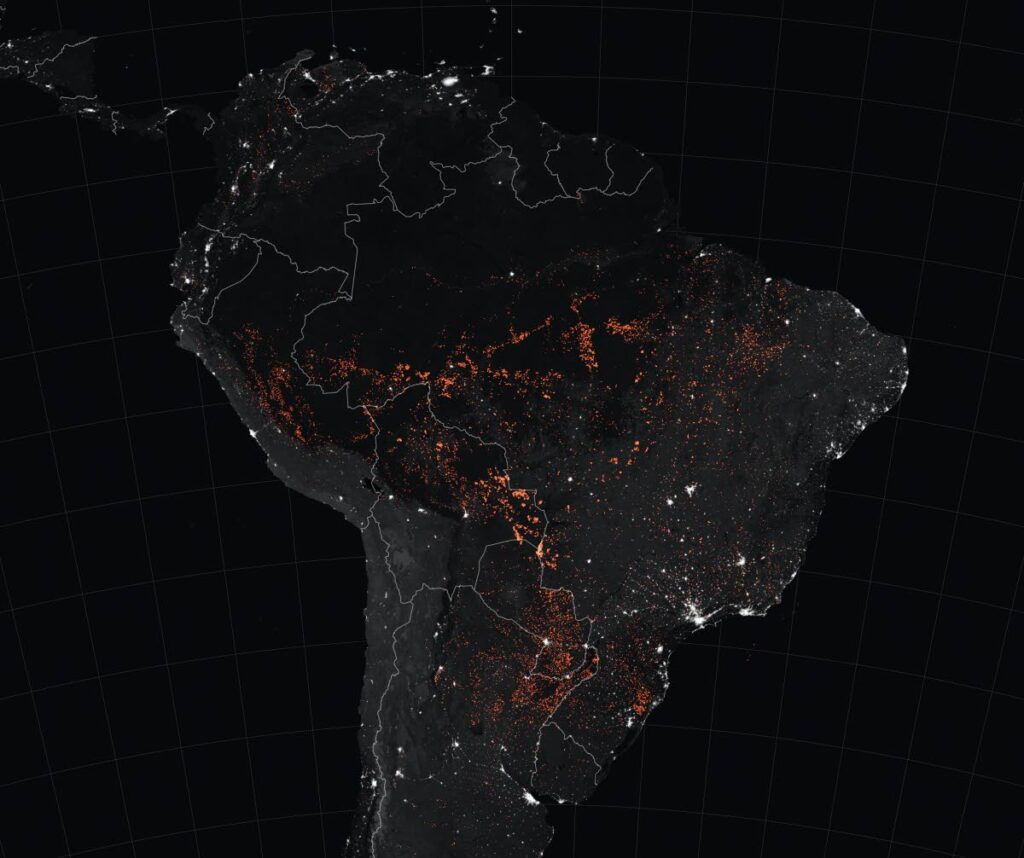Rushing towards collapse

Dr Anjani Ganase shares key findings from the WWF Living Planet Report 2024, which warns of dire consequences from failure to protect biodiversity on land and in the ocean.
Biodiversity loss
OUR planet has suffered major biodiversity loss – an average of 73 per cent – by every metric over the last 50 years. This is the global average based on over 35,000 populations of monitored wildlife, consisting of about 5,000 species in marine, freshwater and terrestrial ecosystems.
The average decline is even more shocking at the regional level, with Latin America and Caribbean region showing 95 per cent decline in biodiversity, the highest level compared to other regions. This is based on just under 4,000 monitored populations, made up of 1,362 species in the region.
Africa has 76 per cent decline, and Asia and the Pacific an average of 60 per cent decline. Other regions, such as North America and Europe, show lower declines in the past 50 years, though much biodiversity loss occurred in previous years, so their decline stabilised, and, in some cases, populations have increased with conservation.
The ecosystems that have suffered the biggest declines (85 per cent) in population are freshwater systems that make up less than three per cent of this planet – rivers, lakes and streams. Terrestrial systems (29 per cent of the planet) suffering from 56 per cent decline in wildlife populations, while marine systems, which make up 70 per cent of the planet, suffered 56 per cent. The ocean has suffered the greatest loss, considering the enormous size of the marine world.
The major driver of the losses is habitat destruction such as logging and land-clearing to support food production, but also development and mining. Overexploitation from hunting and fishing has depleted many marine species. Climate change is also a major contributing factor in population declines: heat stress, fires and disease spread have affected significant wildlife populations in the Amazon.
Declines in coral populations across the Caribbean region are due to climate-driven marine heatwaves.
Not to be ignored are the impacts of pollution on the air, rivers, ocean and land from deadly chemicals, oil spills, nutrient pollution and plastic pollution. Invasive species, such as cats, have wiped out large bird populations in Australia.
Tipping points
Declines in wildlife population have affected human well-being and resilience, health and food security. Many ecosystems are nearing or have reached the tipping point, beyond which change is irreversible.
The main example is the loss of coral reefs worldwide, shifting from a productive and highly structured system (much like a tropical rainforest) rich in biodiversity to an algae-dominant system with little structure and much lower biodiversity (like lawn grass).
For island states, we will no longer benefit from high production of fish, attraction for tourists or protection against storm surge or tsunamis. Many coral reefs of the Caribbean passed the tipping point after consecutive mass bleaching events in the last five-ten years. Large ecosystems such as the Great Barrier Reef have experienced considerable declines in coral populations.

The tipping point causing greatest concern is happening in the Amazon rainforest.
The Amazon houses ten per cent of the planet’s terrestrial biodiversity. It has been designated the lungs of the planet and regulates weather patterns. The loss of the Amazon rainforest could result in a shift from carbon sequestration (drawing carbon dioxide out of the atmosphere and storage in the trees) to net emission of carbon to the atmosphere. Loss of 20-25 per cent of the Amazon will alter rainfall patterns. To date, 14-17 per cent of the Amazon is deforested.
Changes to the ocean circulation could precipitate another tipping point. The subpolar gyre, which is the current that runs close to Greenland, regulates the weather of Europe and North America. If this current slows because of global warming, both continents will become much colder as less tropical water is transported to temperate areas.
Another major tipping point of concern is the melting of the ice caps in Western Antarctica and Greenland, where 80 per cent of the world’s freshwater is stored. This will result in significant sea-level rise and flooding of islands and low-lying and coastal areas.

Florida is largely a wetland habitat prone to flooding with more and more dry weather flooding as a result of tides and sea-level rise.
We may believe that tipping points will be sudden like a hurricane passing, but in the geological scale, they happen over years or decades. However, they are happening at a pace that allows people to adjust to them – so much so that we are failing in our global sustainable development goals to curb biodiversity loss. Fifty per cent of the SDG targets will not be reached by 2030. We are failing in our commitment to keep global warming below 1.5 C and we are likely to reach three C above pre-industrial conditions, exacerbating habitat shifts and population declines.
The sixth mass extinction event is driven by a human tide.
Time to act
Drastic changes are needed to conserve the biodiversity left. This requires urgent shifts in food production, energy and financial systems. Only 16 per cent of our land and eight per cent of the oceans are fully protected.
We urgently need to protect larger areas of our ocean and land to safeguard ourselves, especially on Caribbean islands, where we have the most to lose through climate change.
Current food systems use vast tracts of land and water resources, serve monocultures, emit large volumes of greenhouse gases and pollute freshwater and marine environments.
The shift to polycultures is desperately needed: we need crops that support biodiversity, are regenerative and resilient to climate and disease. Much of the food currently mass-produced is wasted (30-40 per cent) or processed in unhealthy forms, resulting in obesity and other lifestyle diseases for millions.
At the same time, some 735 million people go hungry.
Food systems should focus on the production of healthy and nutritious food and reduce losses through transport and industry. Currently, many companies do not pay for downstream pollution or food waste.
Energy transformation is taking too long. We need to shift away from fossil fuels to curb the devastating impacts of climate change that will continue for centuries. Alternative energy must be managed to avoid biodiversity and habitat loss. Systems must be developed holistically with energy and nature in mind. Energy systems must be efficient and fair in distribution to allow developing countries to leap frog technologies as they continue to develop.

Fifty-five per cent of the global GDP is dependent on services from nature. Yet, our economies continue to be budgeted without considering living natural resources and the costs of their loss. The transition to sustainable food and energy systems requires huge investments. Currently, green investments that promote sustainability are minimal, yet we continue to benefit from exploited ecosystems.
Sustainability reporting (environmental social and governance) by corporations is mandatory in Europe; what about the rest of the world? Such reporting allows consumers and investors to see the true cost of their industries and products.
Trinidad and Tobago
Many of the issues identified in Latin America and the Caribbean apply to TT, with our poor history of management of natural resources. We have limited management of waste and pollution, and we continue to exploit even protected areas. We pollute freshwater ecosystems by throwing everything down our drains – fertilisers, paint, diesel, oil. There is no fisheries management to conserve fish stocks for the future.
We continue to be extremely vulnerable to climate change – flooding, landslides, forest fires, drought, etc – and have failed to provide supports for resilience.
TT has zero renewable energy sources – the lowest in the Caribbean – and we are slow to develop sustainable green energy systems.
We have a lot at risk and much to lose, and we will fall behind the rest of the world unless we start valuing our wild resources.

Comments
"Rushing towards collapse"